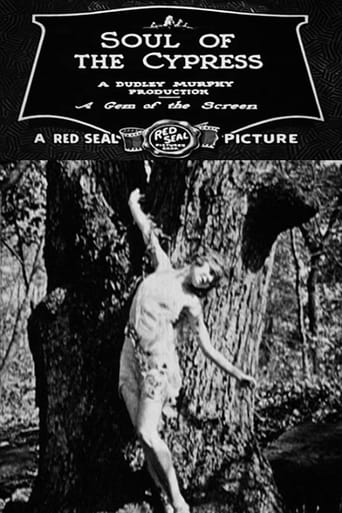Influenced by California Pictorialist photography of the preceding decades, it was in its own day recognized as an avant-garde film, but nevertheless it secured successful commercial distribution.


Similar titles

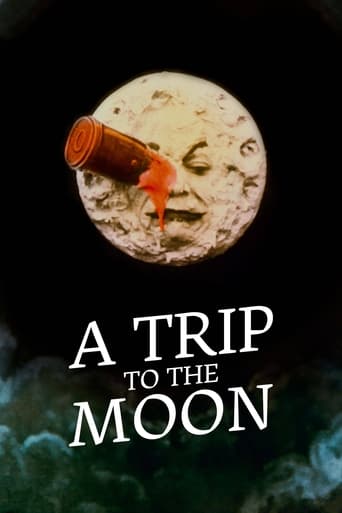

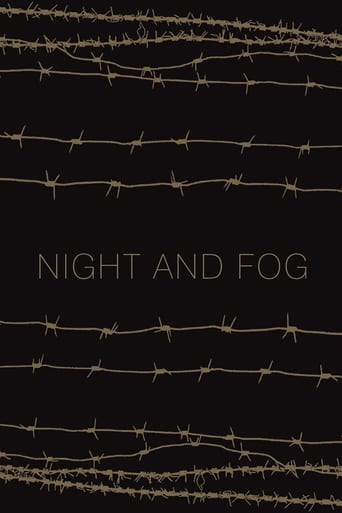
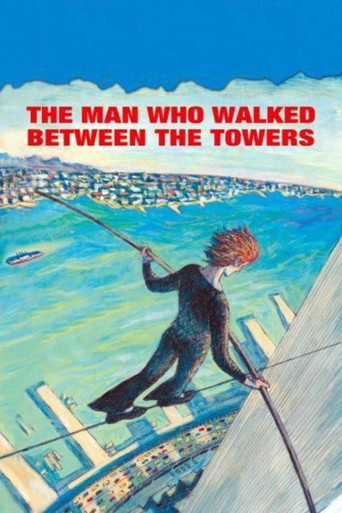
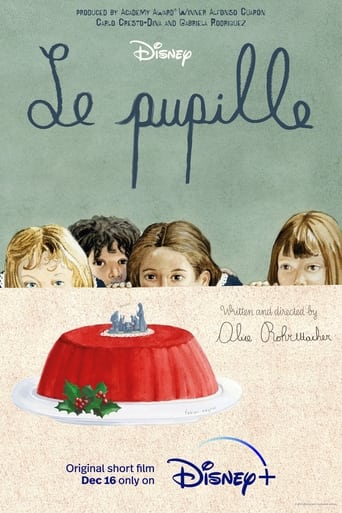
Reviews
This unusual short film prominently features the California Cypress--some very unusual and very photogenic trees. The story is that there is a dryad (sort of like a tree-bound faerie or spirit) and it dances to wonderful music. As a man plays, the creature appears and dances about for some time--until the musician sees her and gives pursuit. This isn't much plot-wise, but I must say that the director did a great job in making a nice piece of performance art. I am not really talking about the silly dance, but the way the shots are framed and the lighting--almost like an Ansel Adams picture come to life. To accentuate this more, various tinted scenes were used and the overall effect is very nice--but probably not something the average viewer would watch.
'The Soul of the Cypress (1921)' reminds me of two Dimitri Kirsanoff short films from the mid-1930s. 'Les Berceaux (1935)' was an ode to the men who spend their lives at sea, depicting the vast ocean as something magnificent, majestic, and almost immortal. 'La Fontaine d'Aréthuse (1936)' was a mythical fairy-tale, in which a bare-chested hunter pursues a naked water goddess through the forest. Both films placed considerable emphasis on music, and, indeed, the latter was adapted from a classical piece by Polish composer Karol Szymanowski. Dudley Murphy's 'The Soul of the Cypress' predates both of these films, but shares the same spirit. The timelessness of the ocean had been celebrated before, as in Griffith's 'The Unchanging Sea (1910),' but here it is reinforced through Murphy's use of mythological fantasy. Just as Kirsanoff's water goddess rises from nature to tempt a humble man, in Murphy's film the Californian coastline – amid the wind-swept cypress trees – yields a beautiful dryad, whose dancing form is framed against the crashing ocean waves.The dryad (played by the director's wife, Chase Harringdine) is enchanted by the music of a young musician playing on the cliff-side, and she is released from her captivity within a cypress tree by his "Song of the Sea." With her clothing fluttering in the breeze, the dryad dances to the musician's side, who is equally entranced by her beauty and pursues the nymph when she takes flight. The dryad takes sanctuary inside a tree on the cliff-side, and whispers to the captivated musician that she can only be with him if he immortalises himself through death. In Murphy's treatment of the ocean, there's a certain sexual allegory at play: the trees among which the dryad dances bear the phallic connotations implied by the work of early twentieth- century photographer Anne Brigman, who often framed naked women in a primordial environment. Among trees and boulders, there's a kind of naturalistic eroticism. Contrary to the film's intertitle, it's not love, but a more primal sexual attraction, that leads the young musician to throw himself from the cliff.A little research uncovered some intriguing details about 'The Soul of the Cypress.' The version featured in the "Unseen Cinema" DVD box-set didn't particularly strike me as "avant-garde," at least not to the extent of its contemporary contributions {Richter's 'Rhythmus 21 (1921)' or Ray's 'The Return to Reason (1923),' for example}. However, critic David E. James (writing for "Film Quarterly" – 2003, vol. 56, no. 3, pp. 25-31) notes that the Library of Congress' surviving print of the film includes a seemingly out-of-place epilogue that is basically pornographic in nature, featuring a naked woman and her lover (different actors to those playing the dryad and the musician) engaging in an explicit sexual act. This extra footage, which I haven't seen, appears to have been shot in conjunction with the main body, but obviously wasn't screened for general audiences. James contends that the sequence ties in with the film's sexual allegory, and that the musician's failure to physically explore his passion for the nymph specifically references the director's failure to consummate his marriage to Harringdine.
